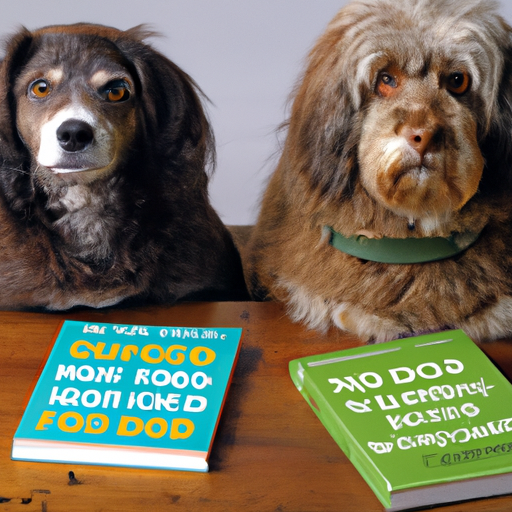As a loving caregiver to your furry friend, it’s vital to understand the best ways to adjust their diet. This guide will provide you with a step-by-step process to successfully change your dog’s food safely and effectively.
1. Understanding Why You’re Making the Change
Why are you considering a change in your dog’s diet? This is the first question you need to ask yourself. Different reasons will necessitate different approaches. Are you changing because of:
- Allergies
- Weight management
- Age-related dietary needs
- Preference or simply trying out a new brand
Understanding the ‘why’ can help you determine the ‘how’.
2. Choosing the Right Food
Once you’ve identified the reason for the dietary change, it’s time to choose the new food. Research is essential at this stage. Look at the nutritional benefits, ingredients, and reviews of other dog owners.
You can also consult your vet to ensure that the new food meets your dog’s dietary needs. Here is a simple table to guide you:
| Age | Diet |
|---|---|
| Puppy | High in protein and fat |
| Adult | Balanced diet |
| Senior | Low in fat, high in fiber |
3. Gradual Transition
Switching your dog’s food isn’t an overnight process. It’s a gradual transition that should take about 7-10 days.
- Begin by mixing 25% of the new food with 75% of the old food.
- Gradually increase the new food ratio while decreasing the old food over the transition period.
- Monitor your dog’s reaction to the new food.
This slow transition helps to minimize digestive issues.
4. Monitoring Your Dog’s Reaction
As you transition to the new food, keep a keen eye on your dog. Look out for any changes in behavior, energy levels, weight, and digestion.
- Positive signs: Increased energy, healthy weight, good digestion
- Negative signs: Lethargy, weight loss or gain, diarrhea or constipation
5. Making the Final Switch
After the transition period, your dog should be fully adjusted to the new diet. But remember, each dog is unique. Some might take longer to adjust than others.
Frequently Asked Questions (FAQs)
Q: How long should the transition period last?
A: Typically, 7-10 days. But it can be longer depending on your dog’s reaction.
Q: What if my dog refuses to eat the new food?
A: Try mixing in some tasty, dog-safe additions like cooked chicken or a little bit of cheese. If your dog still refuses, consult your vet.
Q: Can I switch my dog’s food immediately?
A: A sudden switch can cause digestive issues. A gradual transition is recommended.
Remember, as a caregiver, your primary goal is your dog’s wellbeing. Making dietary changes can be challenging, but with patience and diligence, you can make the process smooth and beneficial for your furry companion.



